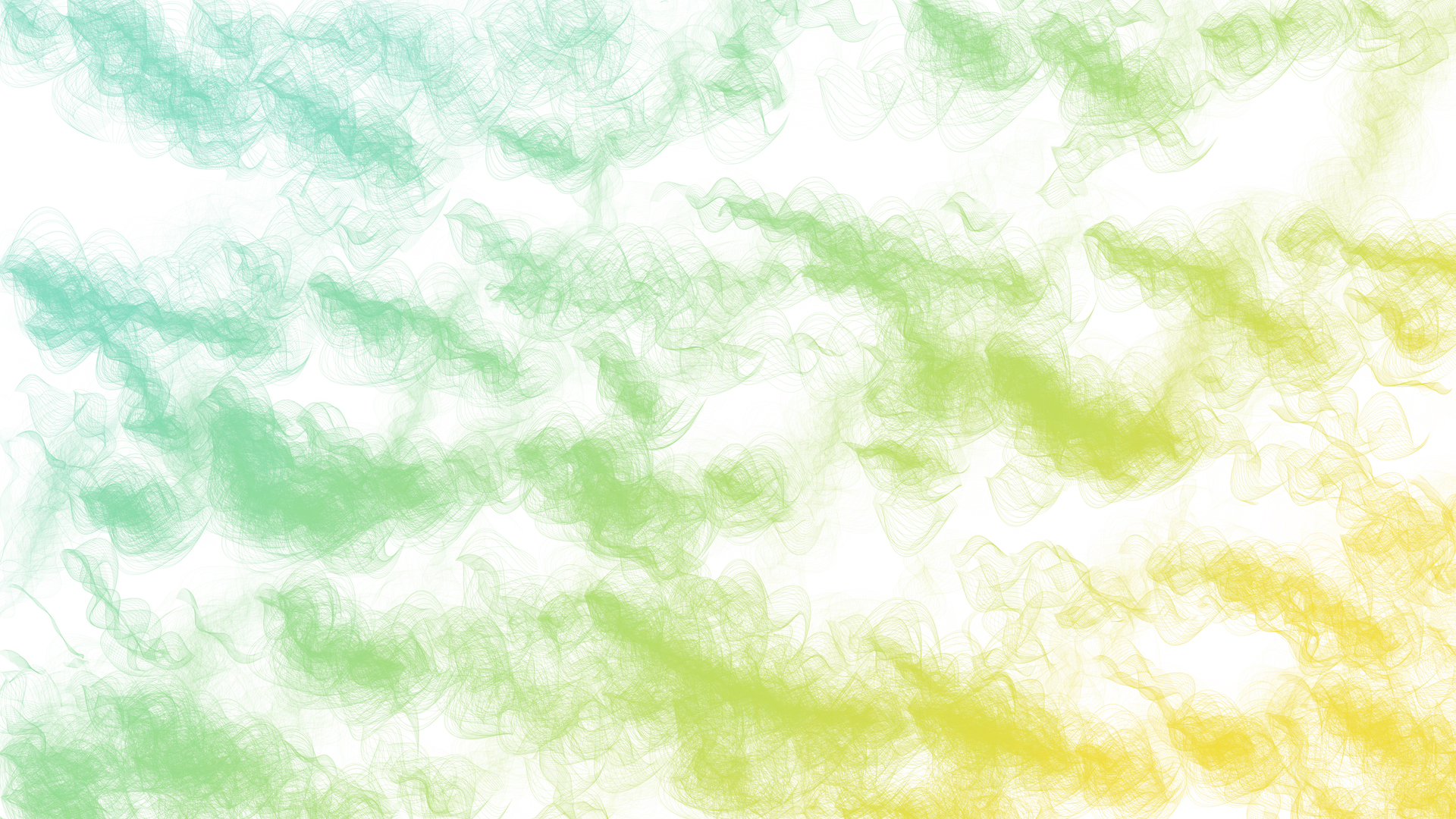Turning Bodies
This piece explores the concept of flow, from motion phenomenas in the natural world to the enhanced state of mind found in creative tasks and meaningful work.
produced by: Danny Keig
Introduction
Flow is often described as a heightened state of being where time may either pass more quickly or more slowly than usual, yet is focused, intense, intentional, productive and satisfying. In nature, from the flowing of bodies of water to the congregation of an ant colony, it seems to have the same qualities and upon observation fosters meditative experiences.
Concept and background research
I knew I wanted to utilise generative approaches within my program and capture a history or evolution on the canvas that would communicate those movements and flows in the final image. I was initially inspired by digital artists working with generative systems such as Casey Reas, Vera Molnár and Andreas Nicholas Fischer. I admired those works which were algorithmic in composition, yet natural in appearance, showing movement and progression even in a still image.
Technical
To explore the theme of flow, the piece is also a technical study of the flow field and what it can contribute to generative art. A flow field is a particular steering behaviour found in nature and modelled by Craig Reynolds that provides smooth and sweeping directional cues to autonomous agents moving through an environment. In developing this piece, the foundation was built upon one autonomous agent, an animated bezier curve with a mirrored sinusoidal style of movement. When multiplied and issued within a flow field, the many curves find their own path over the canvas and create a collective visual flow as they receive unique yet cooperative directions based on their locations.
Complexity comes form the layering of multiple flow fields, newly created after each generation has had time to establish its command of the canvas. The agents are additionally scaled in size - a group of agents on one flow field will all vary in magnitude. To reinforce these movements, two colours anchor the corners and create a tonal progression that is impacted by an agent’s horizontal and vertical positioning, as well as intended angle of travel. The line thickness is kept incredibly fine to allow as many steps of the movement to be seen, and for the layers of flow fields to contribute towards a tangled tapestry, with a stark white background shining through the gaps of their interactions. Manipulation of the colour’s alpha channel provides a visual history of movements, creating depth by contrasting flows of differing directions.
References
Daniel Shiffman’s ‘The Nature of Code’ - specifically chapter 6:
http://natureofcode.com/book/chapter-6-autonomous-agents/
Craig Reynolds and his research into steering behaviours, particularly Flow Fields:
http://www.red3d.com/cwr/steer/FlowFollow.html
Inspiration from Casey Reas - Process 18:
https://vimeo.com/63471218
Inspiration from Andreas Nicholas Fischer - VOID VI, Schwarm 2k14:
https://www.seditionart.com/andreas-nicolas-fischer
Inspiration from Vera Molnár
https://renadamsmfa.files.wordpress.com/2014/01/gelbequadrangle.jpg
































































